P-Type vs N-Type Panels: A Comparative Guide

In this article, we discuss the two titans of solar panel types, The “old guard” that is the P-Type and the new gen N-type
"The Solar Battle Field"
Imagine a battlefield, not of soldiers, but of electrons. In this realm, sunlight is the commander, and silicon wafers are the battleground. Here, two types of solar panels clash for supremacy: P-type and N-type. Each boasts its own strengths and weaknesses, leaving homeowners wondering which side to join in the quest for solar efficiency.
P-type panels, the veterans of the battlefield, have dominated the scene for decades. They rely on boron-doped silicon, creating a positive charge majority (holes) that hop around like eager soldiers, capturing sunlight and generating electricity. But these panels have a dark secret: light-induced degradation (LID). Think of it as battle fatigue, slowly sapping their efficiency over time. Additionally, high temperatures make them sluggish, further reducing their power output in hot climates.
Enter N-type panels, the new recruits with a fresh perspective. They use phosphorus-doped silicon, generating a negative charge majority (electrons) that waltz elegantly through the silicon, capturing sunlight with a smoother flow. This translates to higher efficiency from the start, and the good news doesn’t end there. N-type panels are less susceptible to LID, meaning their efficiency stays strong over the years. They also handle heat better, maintaining their power output even under the scorching sun.
But this war isn’t one-sided. P-type panels still hold the advantage in cost, making them more accessible for budget-conscious homeowners. N-type, with their advanced technology, come at a premium, making them a strategic investment for those seeking long-term efficiency and performance gains.
The Nitty Gritty
At the start of this article, we explored the battlefield where P-type and N-type solar panels duke it out for efficiency supremacy. Now, let’s delve deeper into the technical trenches to understand which technology might be the perfect fit for your solar journey.
Unpacking the Technical Jargon:
- Temperature Coefficient: This describes how a panel’s efficiency changes with temperature. N-type panels boast a lower temperature coefficient, meaning their performance remains more stable in hot climates.
- Bifaciality: Some N-type panels can capture sunlight from both sides, potentially boosting their overall output. This can be particularly beneficial for installations on rooftops with reflective surfaces.
- Shading Tolerance: N-type panels tend to handle partial shade better than P-type panels, minimizing performance losses from obstructions like trees or chimneys.
Navigating the Choice Crossroads:
- Budget: P-type panels are currently the cheaper option, making them attractive for budget-conscious homeowners. However, consider the long-term cost of efficiency loss due to LID and temperature sensitivity.
- Location and Climate: N-type panels shine in hot and sunny regions, where their superior temperature coefficient and potentially higher output from bifaciality can offset the initial cost difference.
- System Size and Design: If space is limited and you need to maximize output, N-type panels’ higher efficiency can be advantageous. Additionally, their tolerance to shading might be crucial for complex roof configurations.
- Future-Proofing: N-type technology is rapidly evolving and expected to become the dominant player in the future. Investing in N-type panels might be a wise choice for homeowners seeking long-term value and future-proof technology.
Beyond the Battlefield:
While P-type and N-type may be rivals on the technical front, their ultimate goal is the same: to harness the sun’s power for a cleaner, brighter future. Choosing the right technology involves understanding your specific needs, budget, and priorities. Remember, the best panel isn’t just about efficiency; it’s about finding the perfect match for your unique solar journey.
With this knowledge in your arsenal, you’re no longer a bystander in the battle of solar technologies. You’re the strategist, ready to make an informed decision that powers your home and fuels a sustainable future. So, step onto the battlefield, assess your needs, and choose the panel that will lead you to victory in the sun-powered quest for clean energy!
Quick Reference Table

Share With Your Friends!
Written By:
Luke Cove
Managing Director
Lightning Energy

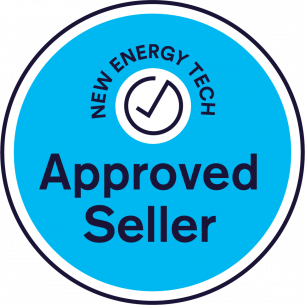



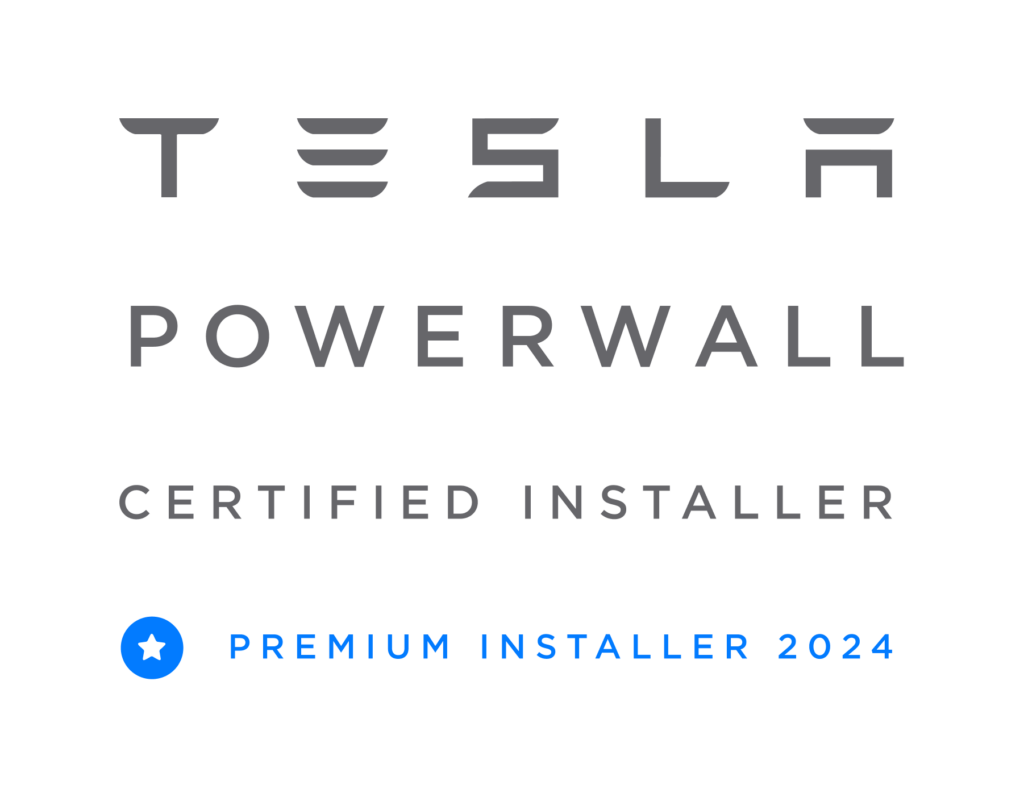

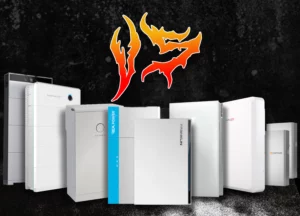
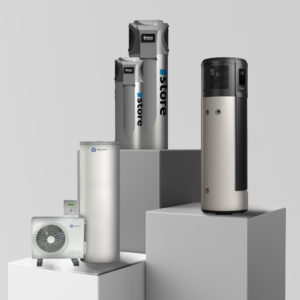
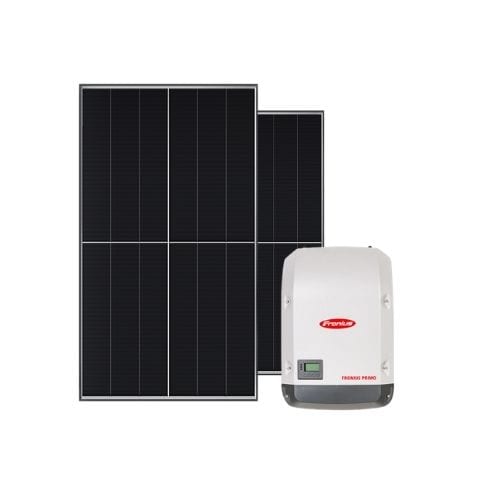
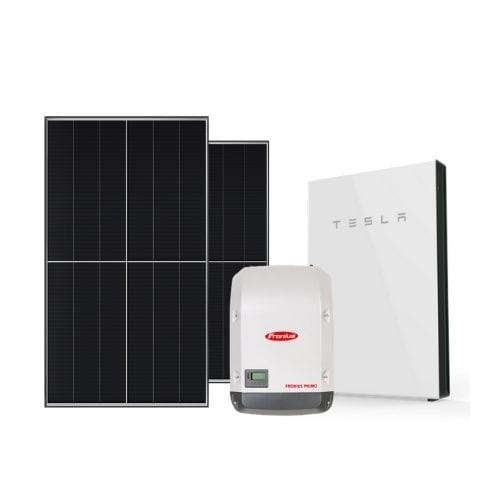
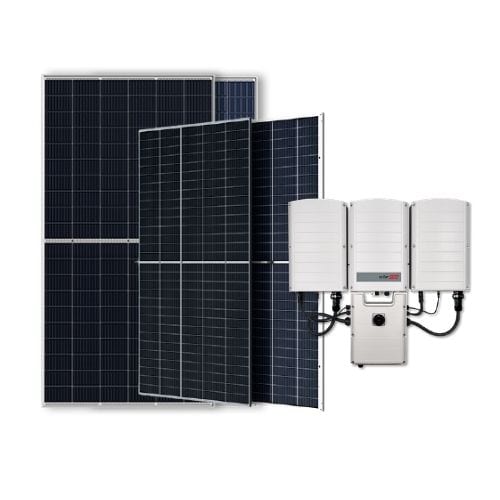
3 thoughts on “What Are N-Type Panels?”
Trina? P or N?
It depends on the panel. Trina Solar Vertex N/S+ series are N-Type. Others are prolly P-Type.
Very succinct and informative article!! As an experienced renewable energy engineer and developer I’m happy to see good information available!!